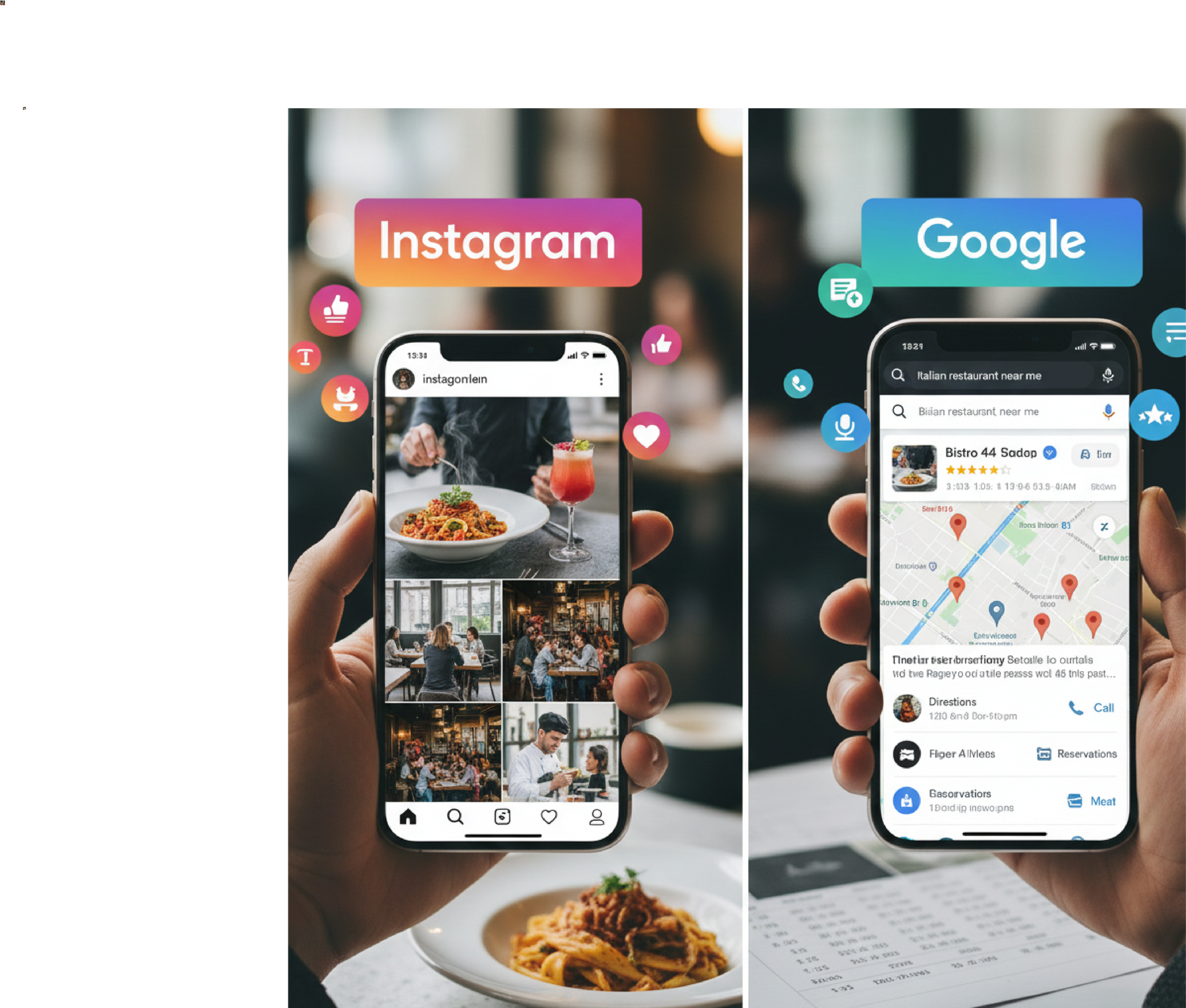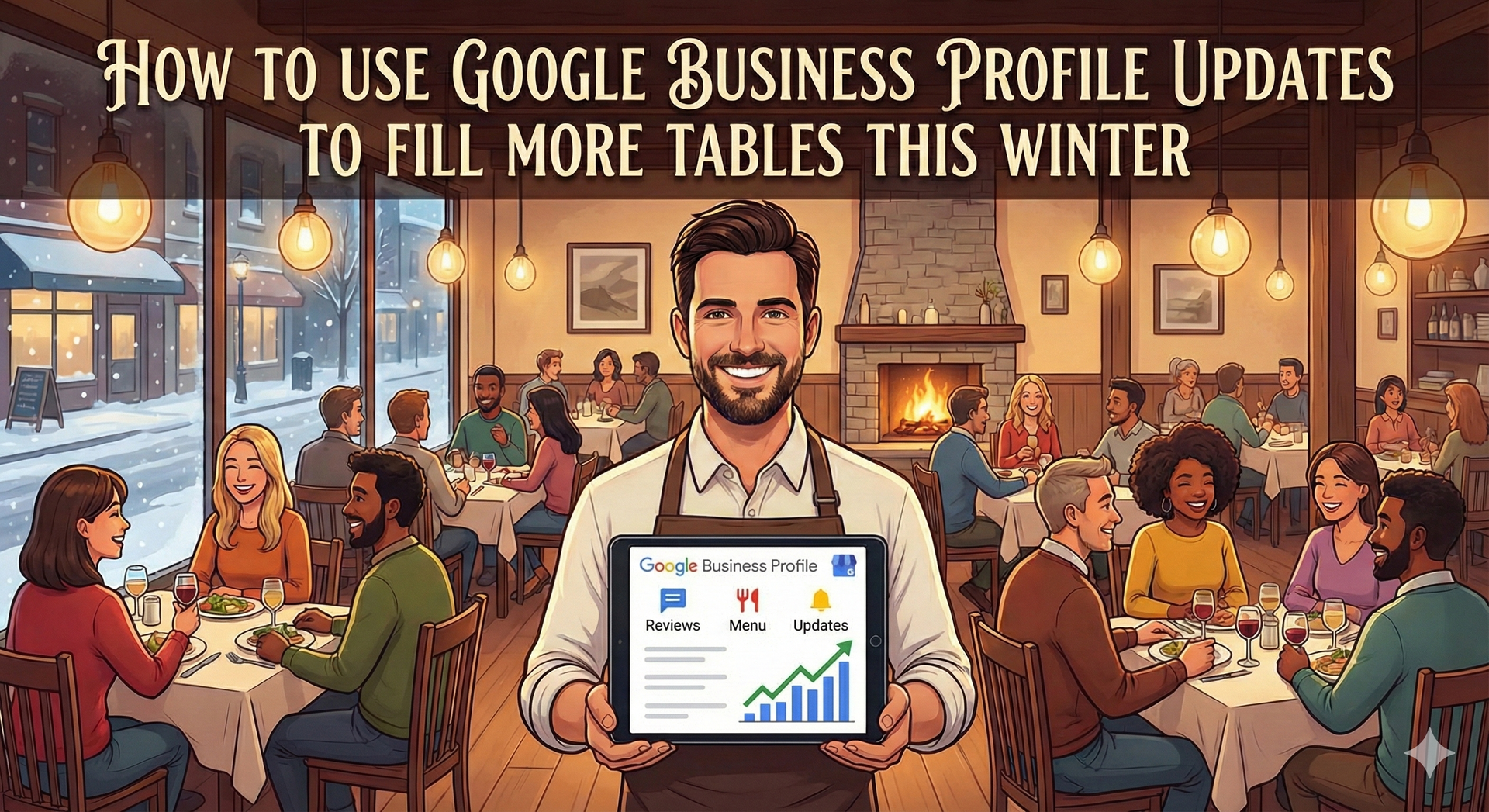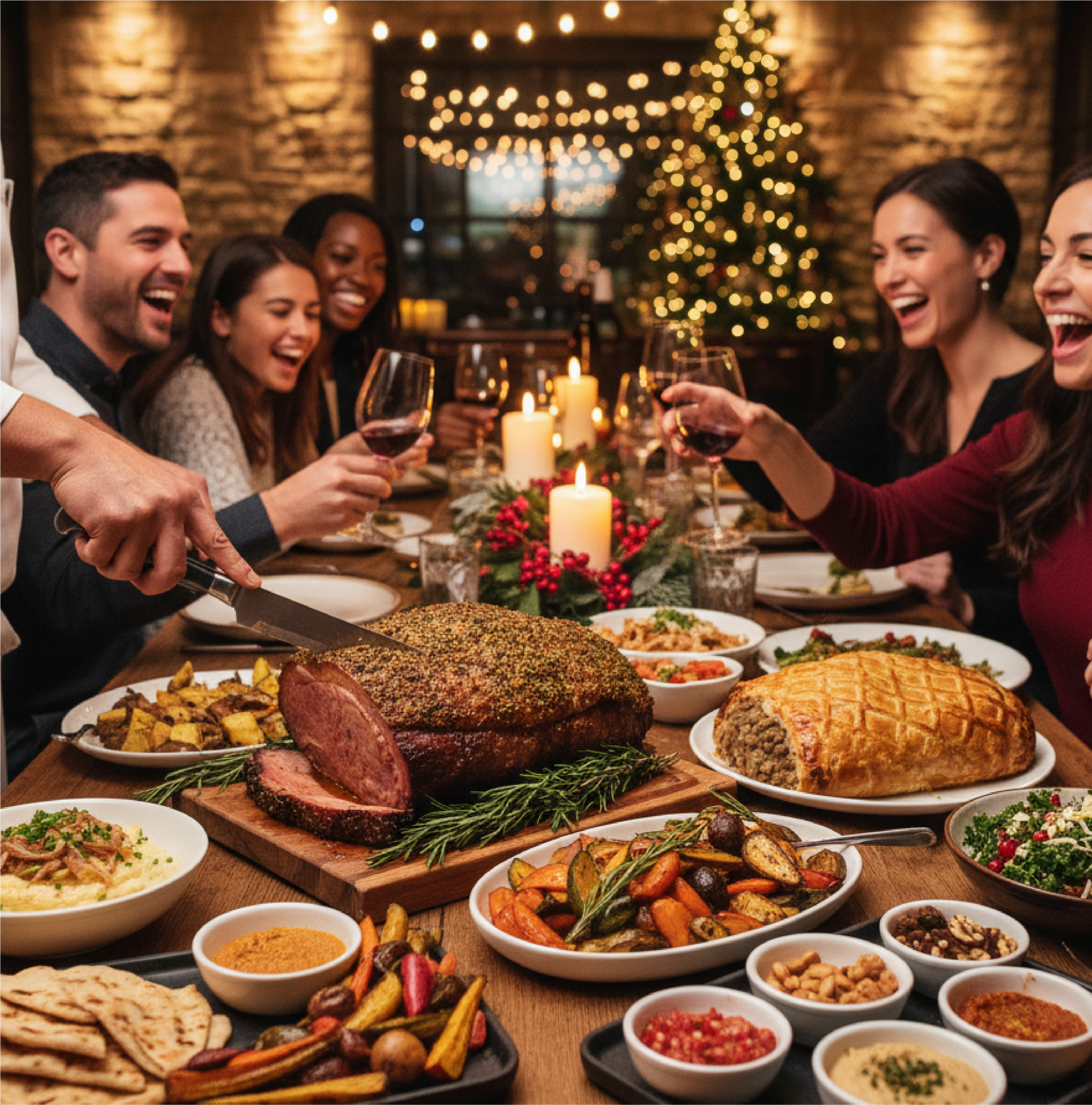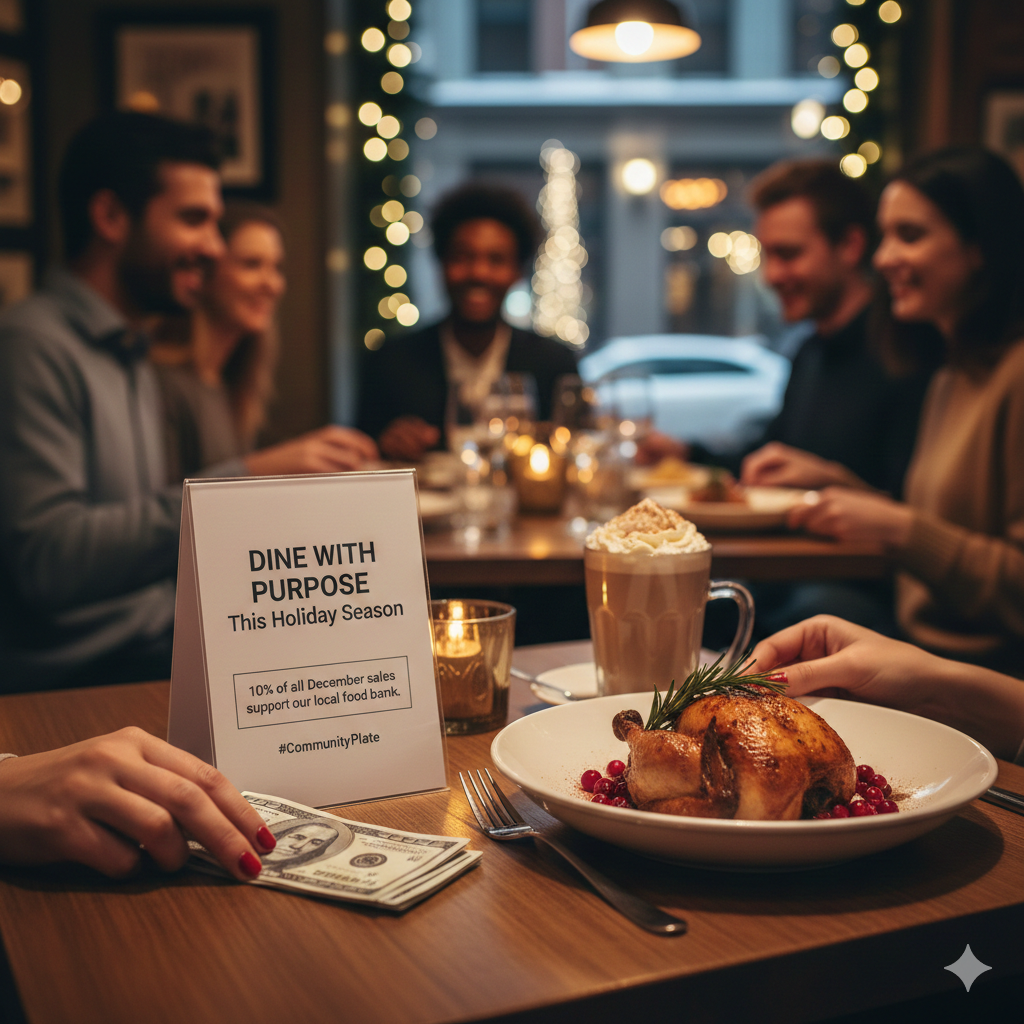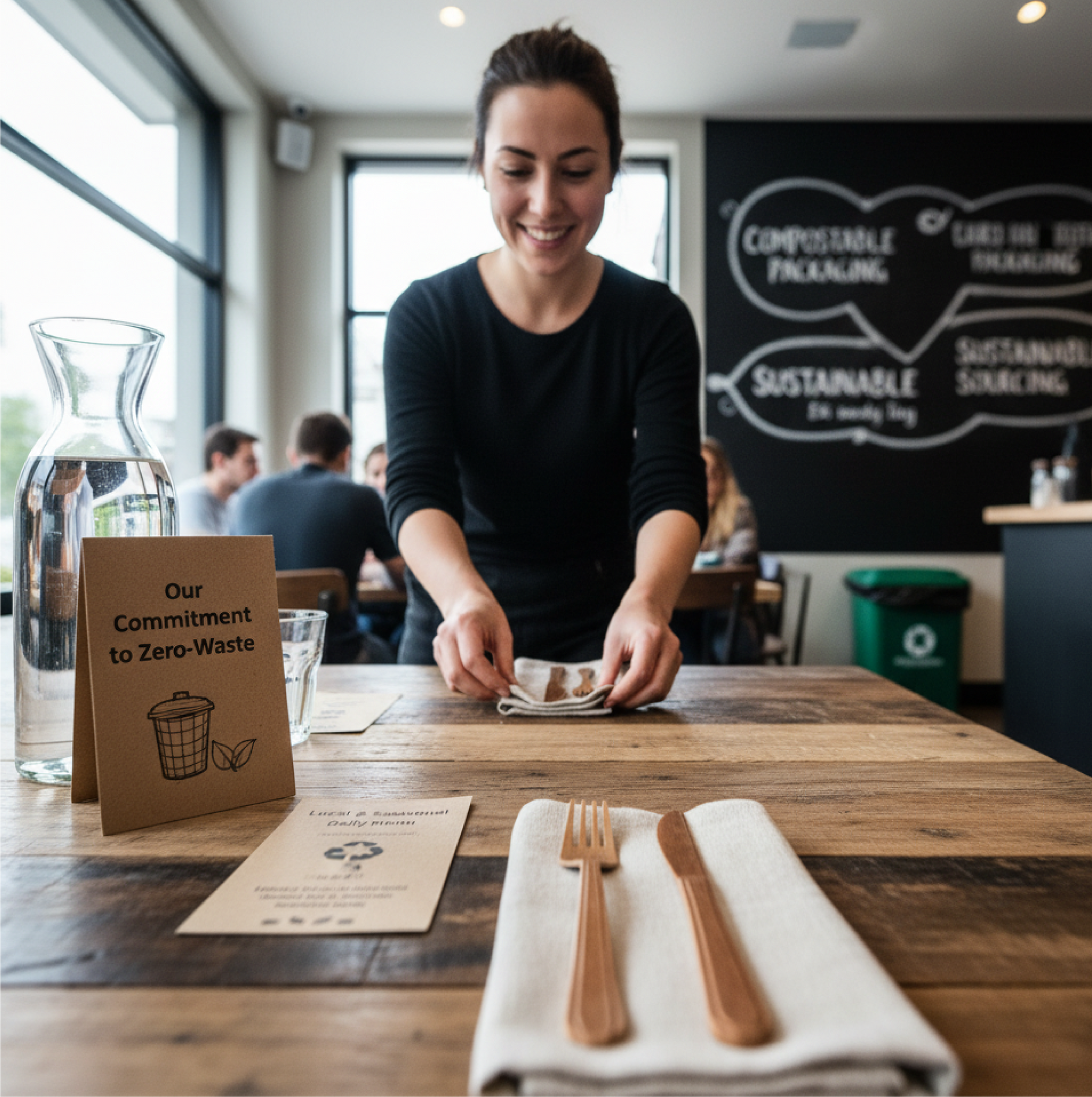Blog
QR Codes and Digital Menus are Transforming the Restaurant Business
What is your best approach with using QR codes in your restaurant?

Once the lockdown restrictions were lifted, many people were still concerned about their health and safety when dining at restaurants. This concern caused many restaurants to move towards the widespread use of QR codes and digital menus. Having said that, experts say that this kind of technology will probably still around long after the pandemic ends.1
QR codes and digital menus allow for customers to order food and beverages at restaurants and avoid touching physical menus that may or may not have been sanitized properly.
Customers are able to scan the QR code, which redirects them to the restaurant’s website in which contains the restaurant’s menu. QR codes and digital menus have been useful during the beginning of the pandemic, but are they practical in the long run? How will this affect the restaurant business in the future?
“QR codes have been around since 2010, but they didn’t catch on for mainstream use in North America until the 2020’s.”2
QR codes and success in restaurants
According to Bitly, a link management service, there has been a 750% increase in QR code downloads over the last 18 months.3 The Bureau of Labor Statistics reported that the “prices for food away from home rose 0.8% in July, climbing 4.6% over the last 12 months.”4 Furthermore, once everyone was returning to work, some decided to stay home for their own personal or health reasons and concerns. Therefore, many restaurant owners found themselves short staffed.
As said before, QR codes is a safe option for restaurants to have because it is a safe, contactless service option for those who do not feel comfortable with being in close contact with physical menus. For some restaurants, they are allowing their customers to order and pay from their phones, directly through the restaurant website. Upon ordering, customers can pay for their food ahead of time, which makes it easier for the customers because they don’t have to wait for their checks to arrive.
According to Total Food Service, QR codes can drive engagement and loyalty opportunities. “Diners normally have to take action to learn about a restaurant’s offerings – call, visit the website, or browse social media pages. QR can seamlessly connect diners to your digital marketing materials with just a quick scan.”5
QR codes can make it easier for customers to check on their wait-time, order online through the restaurant’s website, and this could mean that restaurants may receive more built-in customer surveys, loyalty programs, and more.
Beyond QR codes
There are some tech companies that are experimenting with QR codes and unique features around the next generation of ordering tools for thousands of restaurants worldwide.
Bbot
Bbot was founded in 2017. The company focuses on online ordering, and it also works with many restaurants, bars, food halls, ghost kitchens, and other food and beverage restaurant and venues.6 “Bbot added over 700 customers and reported 700 percent year-over-year growth from July 2020 to July 2021 and closed a $15-million Series A raise.”7
GoTab
GoTab has been innovative in experimenting different ways to make ordering through QR codes easier for customers.
GoTab has released something called “smart tipping,” which is a feature that allows customers to place orders via QR code while also placing an order with a server.
Digital Menus vs. Physical menus
Digital menus reduce the need for paper and allow for better display of photos, details, and bright displays. It gives restaurants the option to change the fonts, colors, and menu items as well. Paper menus are easier to print off and they can be quickly replaced. It also allows the customer to skim through everything they want to look at without having to wait for the Wi-Fi to work, or for their phone to gain signal. Digital menus are becoming more popular, but they aren’t replacing paper menus entirely. Restaurants still have the option to choose whatever option works best for them and their customers.
Digital menus
Digital menus are great for reducing contact between customers and servers, save restaurant owners on printing costs, increase order values, update menu items easily, and give customers a better experience when dining in. Digital menus allow for a lot of creative freedom for some restaurants. Some digital menus can be designed to look like a physical menu, or it can be customized with pictures, videos, and a cool layout.
For some phones, they have a feature in which it will translate the entire webpage the user is reading in whatever language they prefer. So, when a tourist is visiting and trying out a new restaurant, digital menus can easily be translated through the phone’s software and make the dining experience easier for them.
For restaurant owners, digital menus promote app downloads of the company’s restaurant’s app. Digital menus make it easier to collect customer data and build brand awareness on social media platforms as well.8 However, digital menus have many disadvantages to them as with any form of technology. Customers need a line-of-sight to digital menus. Moreover, if there’s a long waitlist to get seated, customers lose the privilege to bring the menus with them to read if they don’t know that the restaurant has a digital menu. Digital menus also require more “upfront costs for software, licensing, equipment, and data.”9
Physical menus
Physical menus allow for customers to bring the menus from the counter to there waiting area. Physical menus also allow for customers to have the traditional dining experience as well. It gives the customer time to look through and ask questions about the items on the menu. Having said that, this can also increase customer satisfaction as the customers are getting the opportunity to connect with the servers and the owners of the restaurant, they are dining in.
This builds loyal customers and allows for the restaurant to have a better connection with its customers and the community they are serving in the area. Physical menus also prevent any type of digital errors, frustration with the Internet, no digital operating costs, and allows for restaurants to have a unique cover design.10
References
1. https://www.cnbc.com/2021/08/21/qr-codes-have-replaced-restaurant-menus-industry-experts-say-it-isnt....
2. https://totalfood.com/whats-next-for-qr-code-technology-in-restaurants/.
3. Amelia Lucas, “QR codes have replaced restaurant menus. Industry experts say it isn’t a fad,” Tech to Table, CNBC, August 2021.
4. Ibid.
5. “What’s Next For QR Code Technology in Restaurants?,” Total Food Service, September 2021.
6. https://www.qsrmagazine.com/outside-insights/fate-all-those-qr-codes-restaurants.
7. Ibid.
8. https://www.flipdish.com/us/resources/blog/12-great-reasons-to-use-a-qr-code-menu-in-a-restaurant?re....
9. Ibid.
10. https://www.talech.com/blog/2020/10/29/resources-digital-menus-vs-paper-menus-which-is-best-for-you/.
